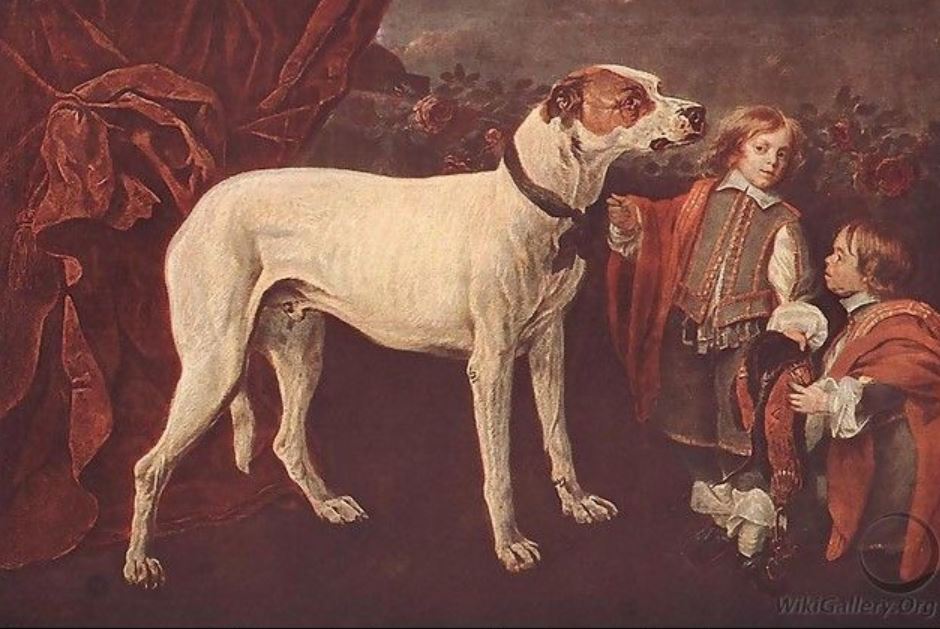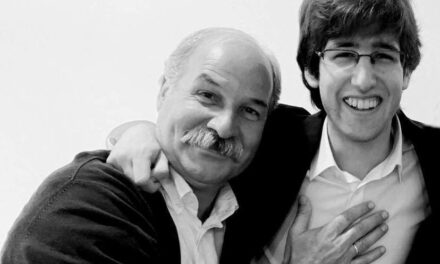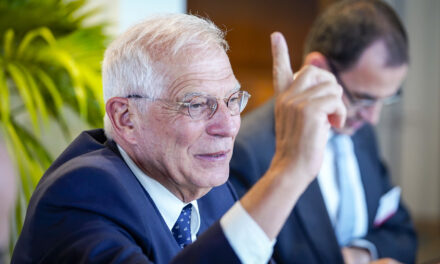143 works of art in the Dresden museum get a new name; according to the "progressive" opinion, the names of the paintings and sculptures are racist and discriminatory. This is how they delete the terms, among other things, from the titles, the songbird, the Eskimo, the dwarf, and the black-skinned. The case is not unique, nor is it the first in Germany. At Christmas in Ulm, the Lutheran church objected that Menyhárt, one of the kings of Bethlehem, was depicted as a small, fat figure with black skin, so the three kings were no longer included there.
In Berlin, Mohrenstrasse may get a new name as early as October, as it is, according to many, racist and proves the incomplete processing of the period of colonization, it was said in the M1 Morning broadcast.
The idea of changing the street name Mohrenstrasse and the name of the metro station dates back to the 1990s. At that time, the Social Democrats and the Greens proposed it, because in their opinion, the name Sarecsen is racist and reminds of slavery, said the Berlin correspondent of the public media.
According to the decision of the "language police", the street known as Mohrenstrasse from the 1700s was named after a former slave (a "Moor") who lived in the 18th century. Anton Wilhelm Amo was the first African to study at a Christian European university and became the first African to practice philosophy in Europe.
Historians in Munich have compiled a list of which street names are considered chauvinistic, misogynistic, racist, militaristic or anti-Semitic.
So far, more than 6,300 street names have been scrutinized by historians, and a tenth of them have been caught in the sieve. Among others, it belongs to scientists such as Robert Koch, the discoverer of the causative agent of tuberculosis.
His critics now criticize him for conducting experiments in the colonies and not standing up against colonialism.
By the way, the federal health authority bears the name of the Nobel Prize-winning scientist.
The big dog, the short one and the boy
There are also several statues and artefacts whose names and addresses have been changed.
A committee found the names of 143 works of art - sculptures and paintings - offensive in the Zwinger gallery in Dresden alone. The work of the Flemish painter Jan Fyt from 1652, The Big Dog, the Dwarf and the Boy, art lovers will no longer find it under this name in the catalog decades from now. The dwarf name is replaced by the small-grown one.
Not everyone agrees with this decision. According to Reinhard Spieler, board member of the German Museum Association, the reason for the existence of museums is that the value system was different in other eras.
The liberal steamroller has started - this is how Georg Spöttle, a security policy analyst at the Viewpoint Institute, assessed the renaming wave on the M1 broadcast, who also listed more hair-raising examples. Under pressure, they changed the name of the popular chocolate ball, Mohrenkopf, but the name "Eskimo ice cream" did not stand the test either.
The driver's license, or Führerschein in German, has also come under criticism, because it is believed that many people associate the name Führer with the National Socialist chancellor.
"I've had my driver's license for forty-two years, but it never occurred to me to think of Hitler when I picked it up at a roadside inspection," said the analyst. Therefore, the name Fahrerlaubnis is now used instead.
Author: hirado.hu
Photo: Flemish painter Jan Fyt's 1652 work, The Big Dog, the Dwarf and the Boy. (Source: Wikigallery)













